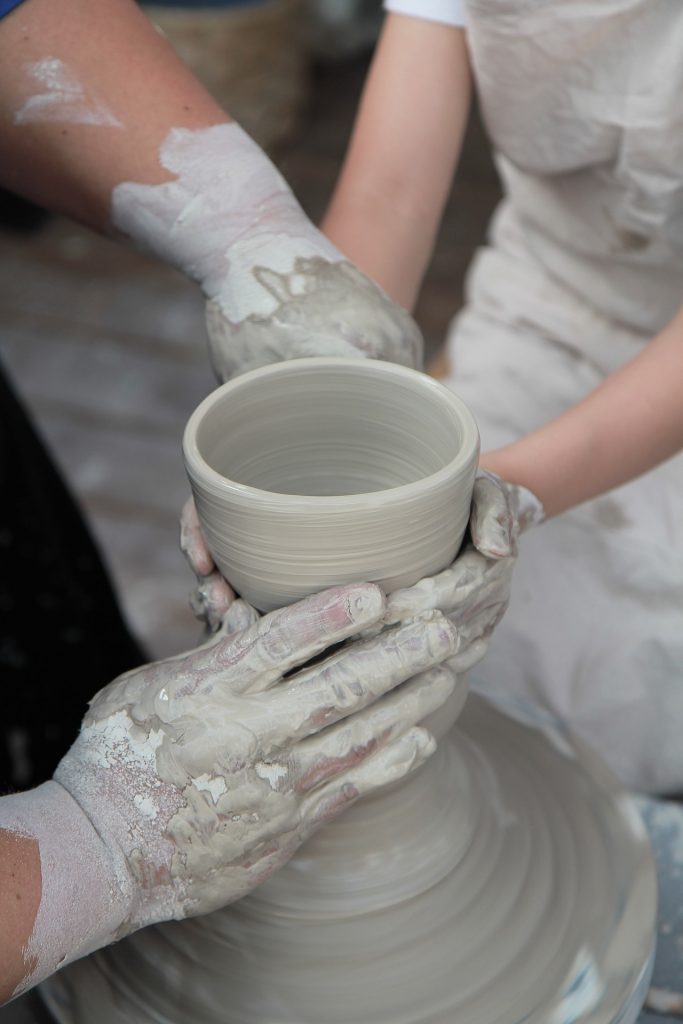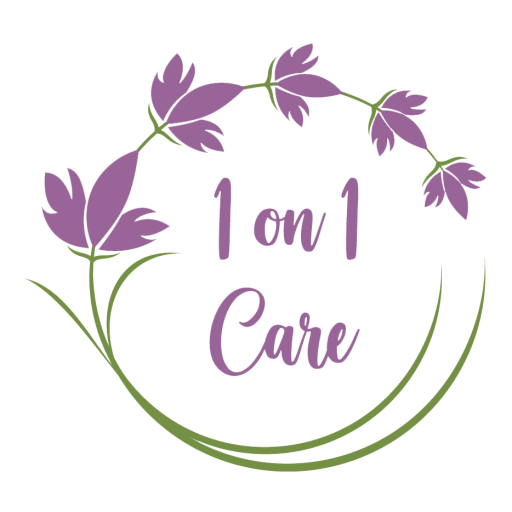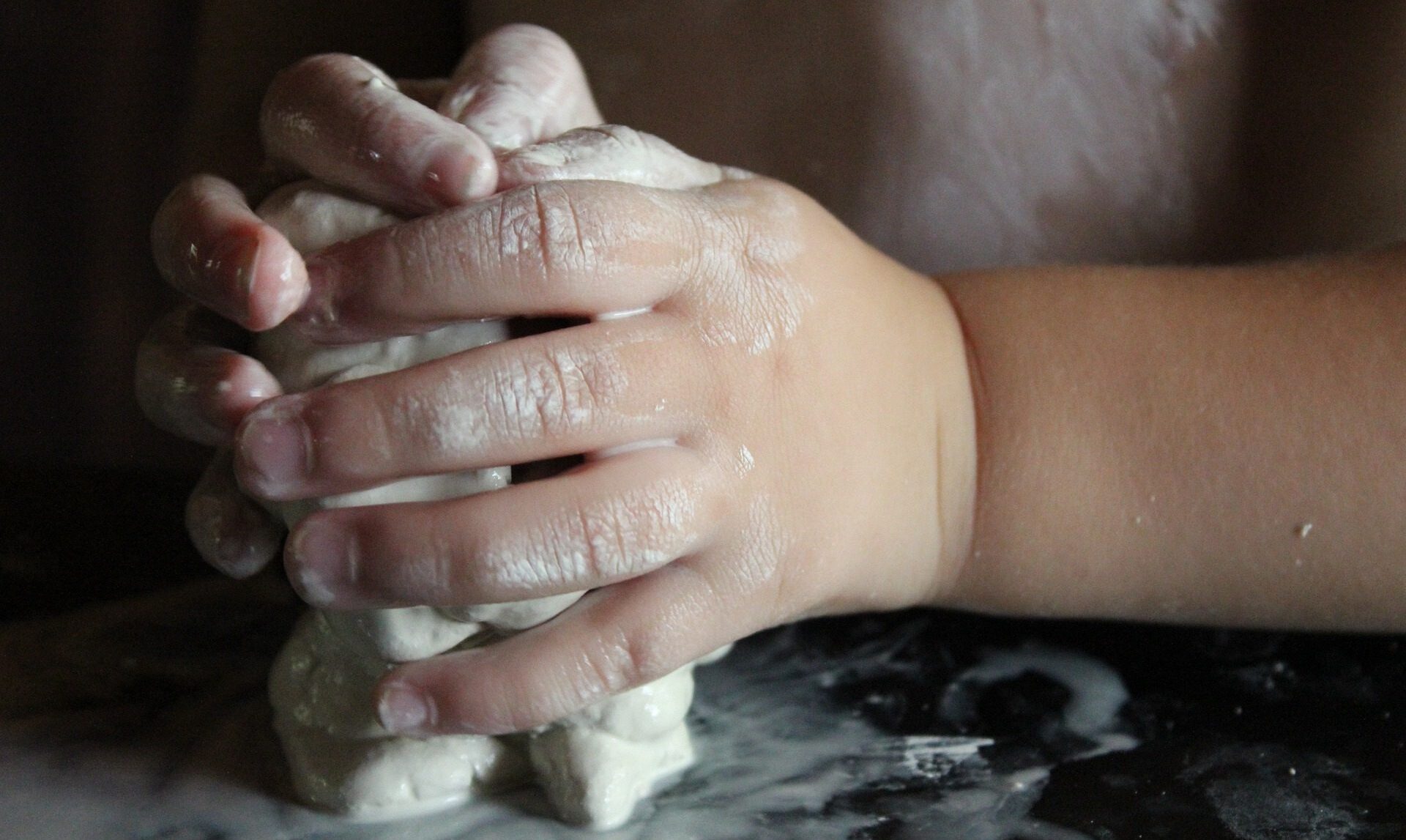Today let’s talk a little bit about clay, otherwise known as mud, and how it can be used as an element of art-based therapy. There is an abundance of clay here in Britain and in many parts of the world it is still used to build houses. But do you know what clay really is? Besides dirt, that is. And why is clay therapy so effective? So let’s dive into it.
Silica: A key element in clay therapy
When looked at from a chemical perspective, the main mineral compound of clay is Silica. A fourth of the Earth’s crust is Silica and it is prevalent throughout nature. It is found everywhere, including in:
- most rocks
- the ground we walk upon
- quartz crystals we hang around our necks
- emerald stones with which we decorate our wedding rings
- most of the materials that we use to build our houses
- cucumbers and tomatoes (are particularly rich in Silica)
- wholegrains, green beans, rice, beef, and more
What does Silica actually do?
Just as we need Silica to construct the walls of our buildings, equally it is essential for the health and growth of our bones. The inner walls of our bodily house draw their resources from humble Silica! Teeth, joints, tendons, ligaments, and connective tissue rely on Silica for their development and health. Silica has the ability to facilitate collagen formation and, thus, keep skin plump and well hydrated.
Clay as an object of therapy
Clay therapy has become both immensely popular and effective due to its inherent qualities.
- It is tactile: Holding a piece of clay in your hands allows one to experience the feeling of something tangible being in your hands.
- It is malleable: It can be whatever you want it to be. Imagination can be formed into reality! The form it takes in your hands is channelled straight from your imagination.
- It is forgiving: There is no such thing as making a mistake with clay. A few drops of water and clay can transform instantly into something else.
- It is interactive: Clay’s temperature and water retention capabilities are intrinsically linked to the person holding it. In other words, there is an immediate communication with the material.

Healing through clay therapy
I have witnessed strong people falter when given a simple lump of clay to hold in their hands. The sheer breadth of possibility it presents can be overwhelming. And I won’t lie, working with clay was a real struggle for me in my training days. Nonetheless, it is by far the most insightful material I have used for therapy.
Clay therapy teaches us patience, perseverance, and mindfulness by paying attention to what we have in our hands at that precise moment. It shows us the things we do wrong, forgives us, and provides an alternative way. It’s little wonder that our makers picked Silica, and by extension clay, to create human beings.
It is the perfect material – humble, effective, efficient, and versatile…with endless possibilities!
Get in touch if you’d like to talk about how clay therapy can help you.




